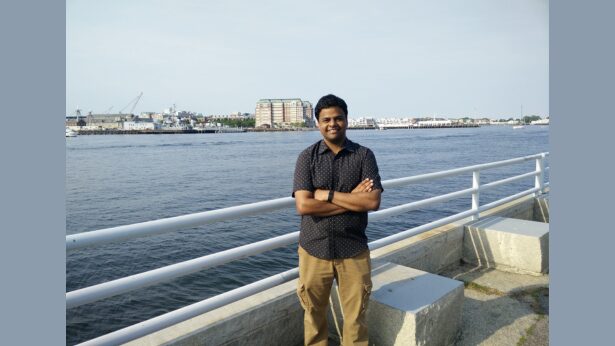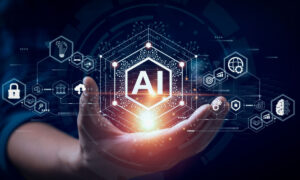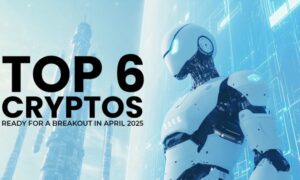In the robotics context, designing systems that can freely move in spaces that are unknown to them is a major problem. The most elaborate undertaking in this area has been the NASA’s Sample Return Robot (SRR) Challenge where robots were required to locate and pickup objects in Mars like environments on their own. This effort needed cutting-edge technology, advanced computer vision and machine learning to enable robots to ‘perceive’ and ‘act’ in real time.
Rahul Ratnakar Kavi, a top professional in his field, has contributed to this revolutionary task by designing the object recognition algorithms which were used in the robots and leading the team to triumphs in 2015 and 2016. His journey started with the mission of creating machine learning-based computer vision algorithms (written in OpenCV) which would operate on the Robot Operating System (ROS). These algorithms were useful in helping the robots to recognize objects on a terrain that was as complex as that of the Martian surface.
The robot could not use GPS and had to rely on the input from the cameras and inertial measurement unit instruments only. This made object recognition as one of the required features as the robot is required to identify which objects it needs to pick in complex environments. The algorithms this professional helped design were critical to the robot’s success and allowed it to accomplish its mission with great accuracy. Besides technical development, Kavi was involved in enhancing the object recognition pipeline of the robot.
Another constraint was time since the image capture and the inference had to happen within a few seconds to help the robot make decisions. One of the major issues was to decide what level of image resolution is acceptable and how much computation power is required. Large images provided better definition of object images but were resource-intensive while small images were less resource intensive but had low image resolution. This shows that balancing between these factors was critical in ensuring efficient object recognition combined with fast reaction time (of the robot).
The development of machine learning models with more conventional computer vision algorithms like the SVM and then transitioning to CNN were other significant projects that he undertook. These algorithms were thoroughly tested, and the models based on the CNN (written in Theano) turned out to be more efficient compared to the models based on SVM. This enhancement in accuracy enabled the robot to pinpoint and isolate objects of interest more effectively, a key component for success. The ability to locate the objects accurately and the capacity of the robot to make decisions in real time made it an ideal candidate for the challenge.
These initiatives allowed his team to receive an invitation to the US Congress, where they showed their autonomous robot: Cataglyphis. The achievements of his team have been documented by NASA and Smithsonian Magazine.
Rahul Ratnakar Kavi, along with his team, produced a research paper, “Cataglyphis: An autonomous sample return rover” that details the design of Cataglyphis, a research rover that won the NASA Sample Return Robot Centennial Challenge in 2015. The rover autonomously found, retrieved, and returned samples in a natural environment using a combination of inertial sensors, computer vision algorithms, and other tools, without relying on Earth-specific sensors like GPS. Its advanced navigation and sample detection capabilities enabled it to perform with low error rates and adapt to various conditions.
In conclusion, advancements in computer vision (machine learning) and robotics will focus on improving real-time interpretability and increasing accuracy. The emphasis on real-time decision-making and efficient algorithms is paving the way for innovations in space exploration, healthcare, and transportation, where speed, accuracy, and interpretability are crucial.



































